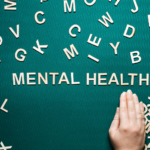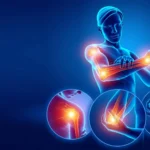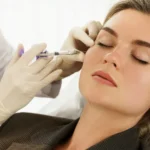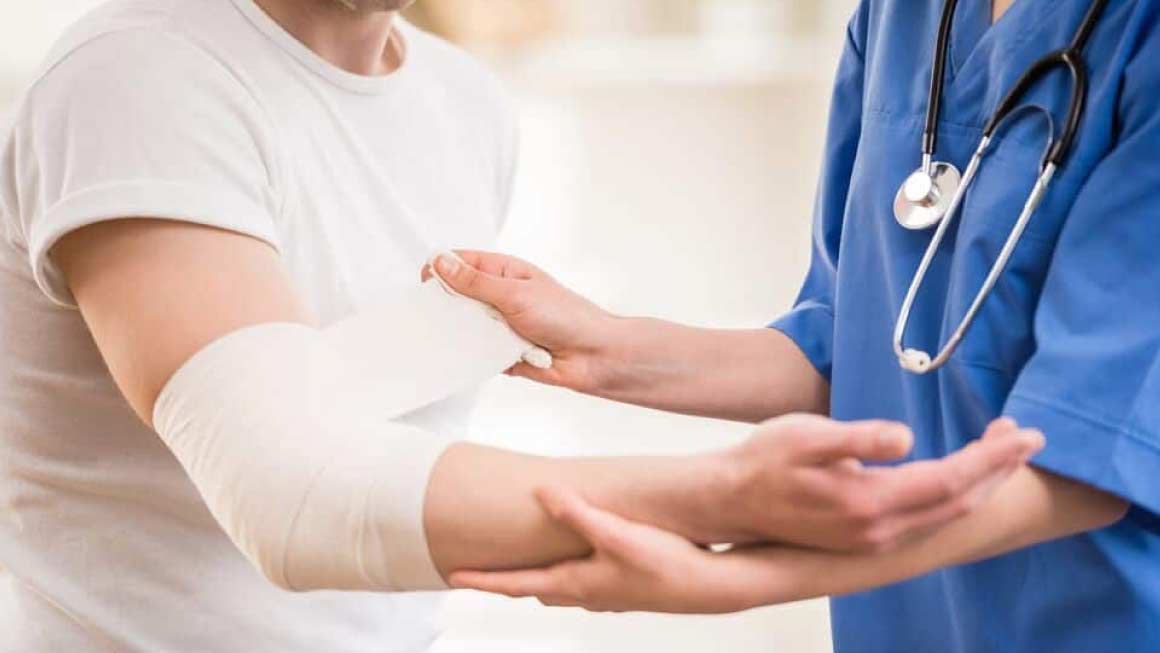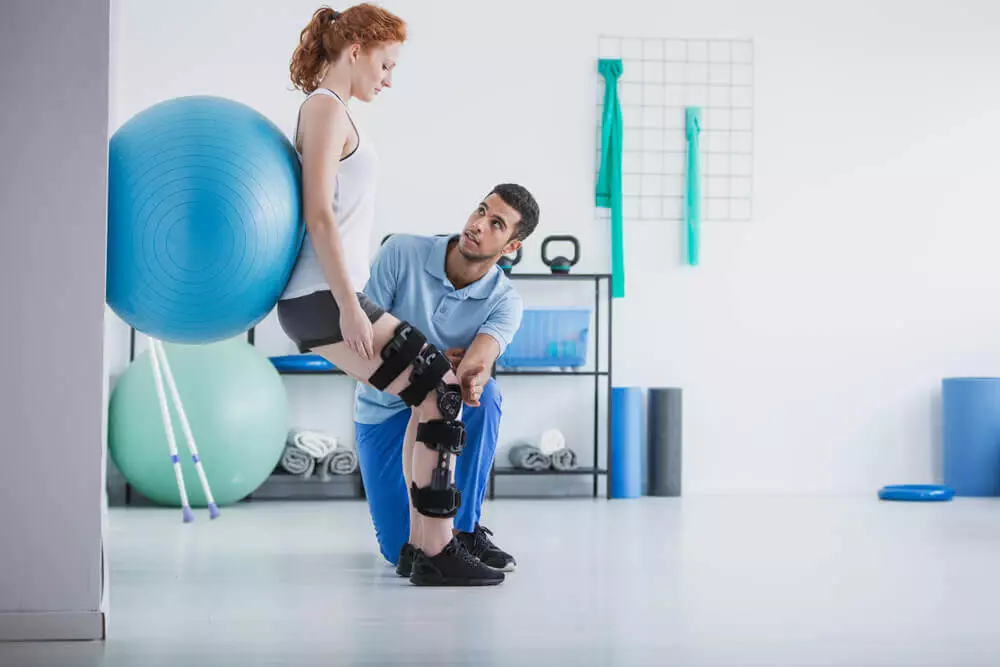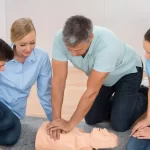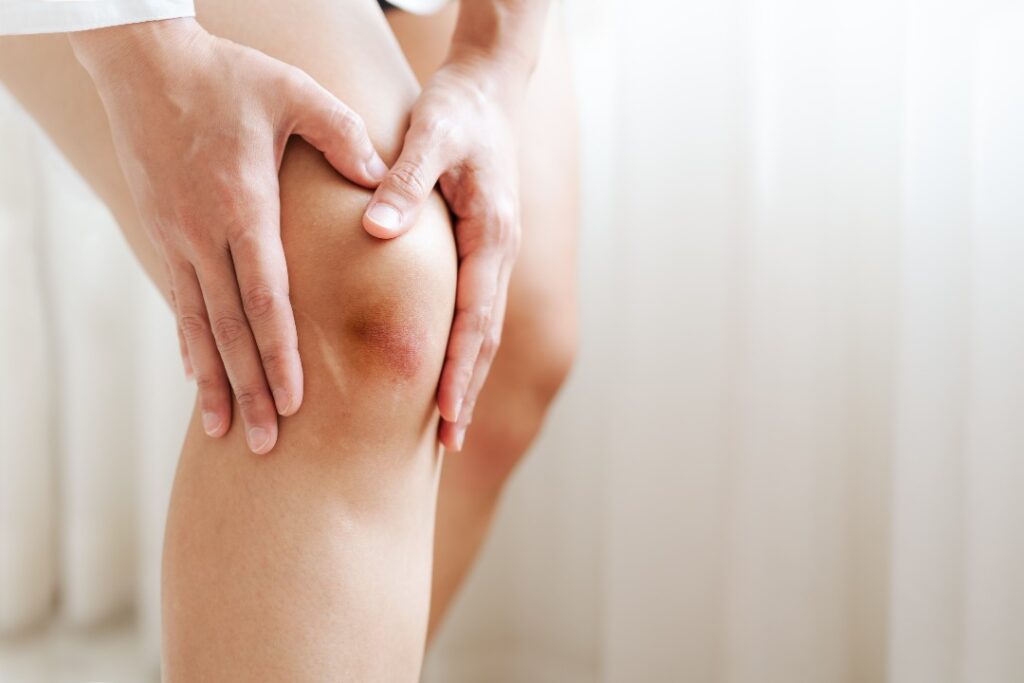
Content
What is a Bruise?
- Definition: A bruise, also known as a contusion, occurs when small blood vessels called capillaries break under the skin due to trauma. The blood leaks out into the surrounding tissues, causing discoloration, swelling, and pain.
Causes of Bruises
- Trauma: The most common cause of bruises is direct trauma or injury to the skin, such as bumping into an object, falling, or being struck. This type of injury can occur during everyday activities, sports, or accidents.
- Medical Conditions: Certain medical conditions can make individuals more prone to bruising. These include:
- Blood Disorders: Conditions like hemophilia and leukemia can cause easy bruising due to problems with blood clotting or abnormal blood cells.
- Vascular Disorders: Diseases affecting blood vessels, such as vasculitis, can lead to increased bruising.
- Nutritional Deficiencies: Lack of vitamins C and K can weaken blood vessels and impair clotting, resulting in more frequent bruising.
- Medications: Some medications can increase the risk of bruising by affecting blood clotting or the integrity of blood vessels. These include:
- Anticoagulants: Blood thinners like warfarin and heparin prevent clot formation, which can lead to easy bruising.
- Antiplatelet Drugs: Medications like aspirin and clopidogrel reduce the ability of platelets to form clots, increasing the likelihood of bruising.
- Steroids: Long-term use of corticosteroids can weaken blood vessels and skin, making bruises more common.
- Aging: As people age, their skin becomes thinner, and the protective fatty layer that cushions blood vessels diminishes. This makes older adults more susceptible to bruising from minor injuries.
Stages of Bruising
- Stage 1: Red or Purple Marks (Day 0-2): Immediately after the injury, the bruise appears red or purple due to the blood pooling under the skin. This stage is often accompanied by pain and swelling.
- Stage 2: Blue or Dark Purple (Day 2-5): As the blood begins to break down, the bruise changes color to blue or dark purple. This is caused by the breakdown of hemoglobin in the blood.
- Stage 3: Green (Day 5-7): The bruise turns green as the hemoglobin further breaks down into biliverdin, a green bile pigment.
- Stage 4: Yellow or Brown (Day 7-10): Finally, the bruise turns yellow or brown as the biliverdin breaks down into bilirubin. This is the final stage of healing, and the bruise will gradually fade as the body reabsorbs the blood.
Types of Bruises
- Subcutaneous Bruises: These bruises occur just beneath the skin and are the most common type. They are usually caused by minor injuries and heal relatively quickly.
- Intramuscular Bruises: These bruises occur within the muscle tissue and can result from more severe trauma. They may cause more pain and take longer to heal compared to subcutaneous bruises.
- Periosteal Bruises: These bruises occur on the bones and are often caused by significant trauma. They can be extremely painful and take a long time to heal.
Symptoms and Diagnosis
- Common Symptoms:
- Discoloration: The most noticeable symptom of a bruise is the discoloration of the skin, which changes through the stages of bruising.
- Swelling: Bruises are often accompanied by swelling in the affected area.
- Pain: Bruising can be painful, especially if it involves deeper tissues like muscles or bones.
- Tenderness: The area around the bruise may be tender to the touch.
- Diagnosis:
- Physical Examination: A healthcare provider will typically diagnose a bruise based on a physical examination and the patient’s history of injury or trauma.
- Imaging Tests: In cases of severe trauma or if a fracture is suspected, imaging tests like X-rays, CT scans, or MRIs may be performed to assess underlying damage.
Treatment and Home Remedies
- Initial Care:
- Rest: Resting the injured area can help reduce swelling and prevent further injury.
- Ice: Applying ice packs to the bruise for 15-20 minutes every hour during the first 48 hours can help reduce swelling and pain. Always wrap the ice pack in a cloth to avoid direct contact with the skin.
- Compression: Using an elastic bandage to compress the area can help control swelling. Ensure the bandage is snug but not too tight to avoid restricting blood flow.
- Elevation: Elevating the bruised area above heart level can help reduce swelling by promoting the return of blood to the heart.
- Pain Relief: Over-the-counter pain relievers like acetaminophen can help manage pain. Avoid using nonsteroidal anti-inflammatory drugs (NSAIDs) like ibuprofen or aspirin, as they can increase bleeding.
- Herbal Remedies: Some herbal remedies, such as arnica gel or bromelain supplements, may help reduce bruising and inflammation. Always consult with a healthcare provider before using any herbal treatments.
- Heat Therapy: After the first 48 hours, applying a warm compress to the bruise can help increase blood flow and promote healing.
When to See a Doctor
- Unexplained Bruising: If bruises appear without any known cause, it may indicate an underlying medical condition that requires evaluation.
- Frequent Bruising: Frequent or severe bruising can be a sign of a bleeding disorder or other health issue and should be investigated by a healthcare provider.
- Large or Painful Bruises: If a bruise is unusually large, painful, or does not improve within a few weeks, seek medical attention.
- Bruises with Other Symptoms: Bruising accompanied by other symptoms, such as fever, fatigue, or unexplained weight loss, should be evaluated by a healthcare provider.
Prevention of Bruises
- Protective Gear: Wearing protective gear, such as helmets, knee pads, and elbow pads, during sports or high-risk activities can help prevent injuries that cause bruising.
- Home Safety: Ensuring a safe home environment by removing hazards, using non-slip mats, and installing handrails can reduce the risk of falls and injuries.
- Healthy Lifestyle: Maintaining a healthy diet rich in vitamins and minerals, staying hydrated, and exercising regularly can improve overall health and reduce the risk of bruising.
- Medication Management: If you are taking medications that increase the risk of bruising, discuss with your healthcare provider about potential alternatives or ways to minimize bruising.
Psychological Impact of Bruises
- Emotional Distress: For some individuals, bruising can cause emotional distress, especially if the bruises are visible and lead to concerns about appearance. This is particularly common in cases of facial bruising.
- Body Image: Bruising can affect body image and self-esteem, especially in individuals who experience frequent or severe bruising. Seeking support from friends, family, or a mental health professional can help address these concerns.
Future Research and Advances
- Advanced Treatments: Research is ongoing to develop advanced treatments for bruising, including new medications and therapies that can accelerate healing and reduce pain.
- Genetic Studies: Understanding the genetic factors that contribute to bruising can lead to personalized treatments and preventive strategies for individuals who are more prone to bruising.
- Innovative Technologies: The development of innovative technologies, such as wearable devices that monitor skin and blood vessel health, can help detect and prevent bruising in high-risk individuals.
Bruises are a common and often minor injury resulting from trauma to the skin and underlying tissues. Understanding the causes of bruises, recognizing the stages of bruising, and knowing how to treat and prevent them can help manage this condition effectively. While most bruises heal on their own, it is important to seek medical attention for unexplained, frequent, or severe bruising, as it may indicate an underlying health issue. With proper care and preventive measures, the impact of bruising can be minimized, allowing individuals to maintain their health and well-being.

Helen Bradley is a health blogger and the founder of her own blog about fitness. She has been blogging for three years now and loves to share what she learns with others. Helen enjoys reading, cooking, and staying active outdoors.

